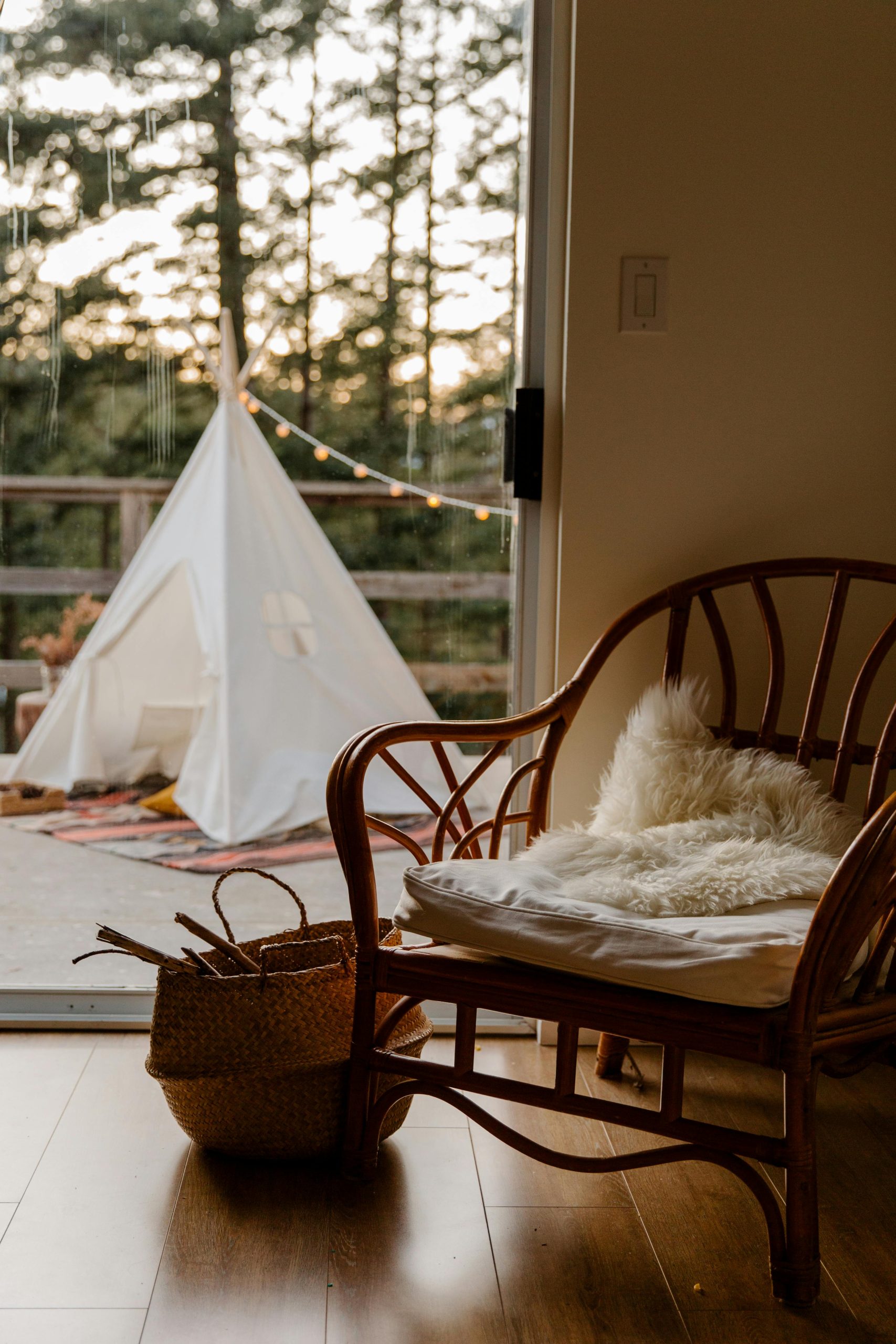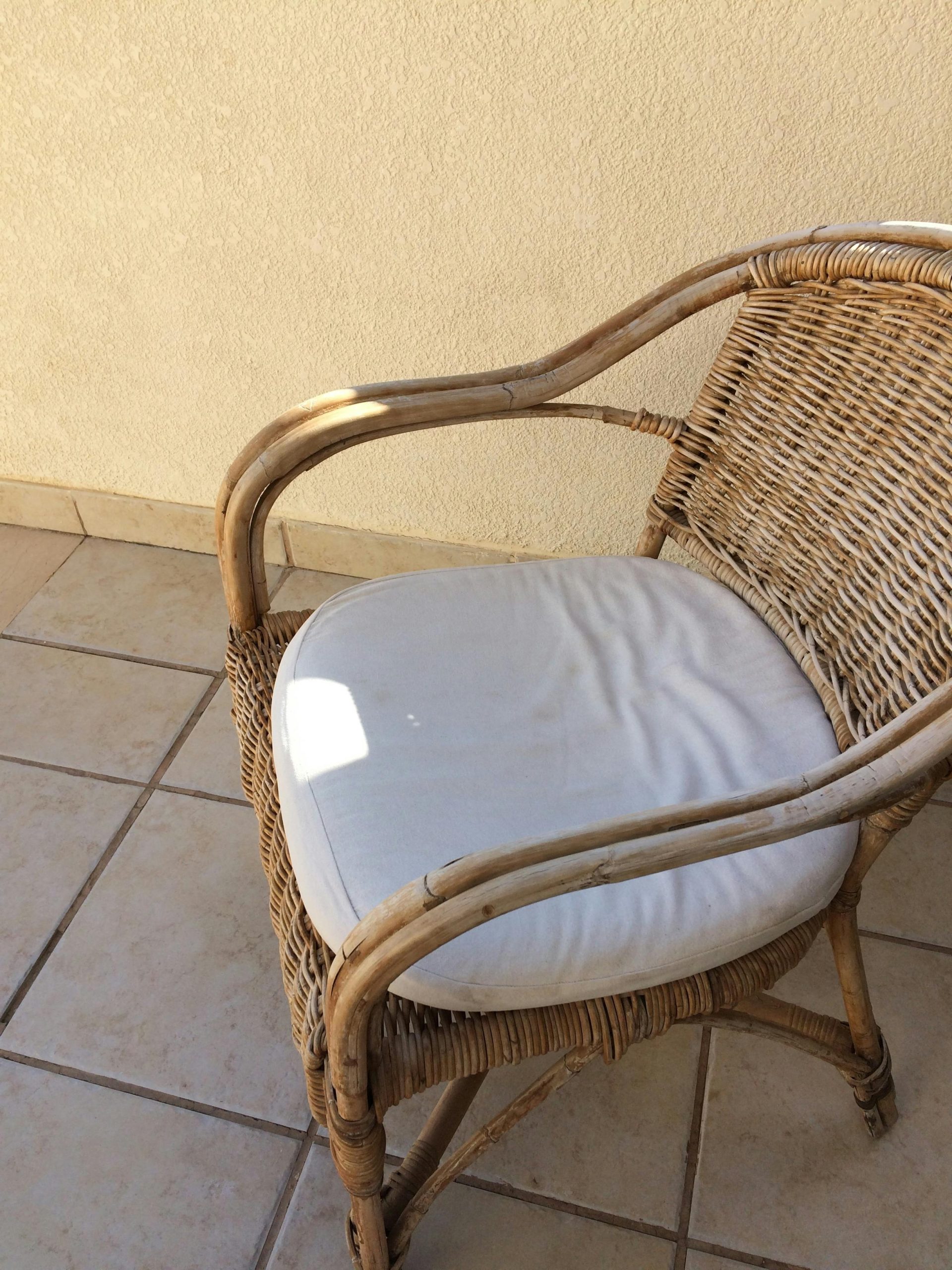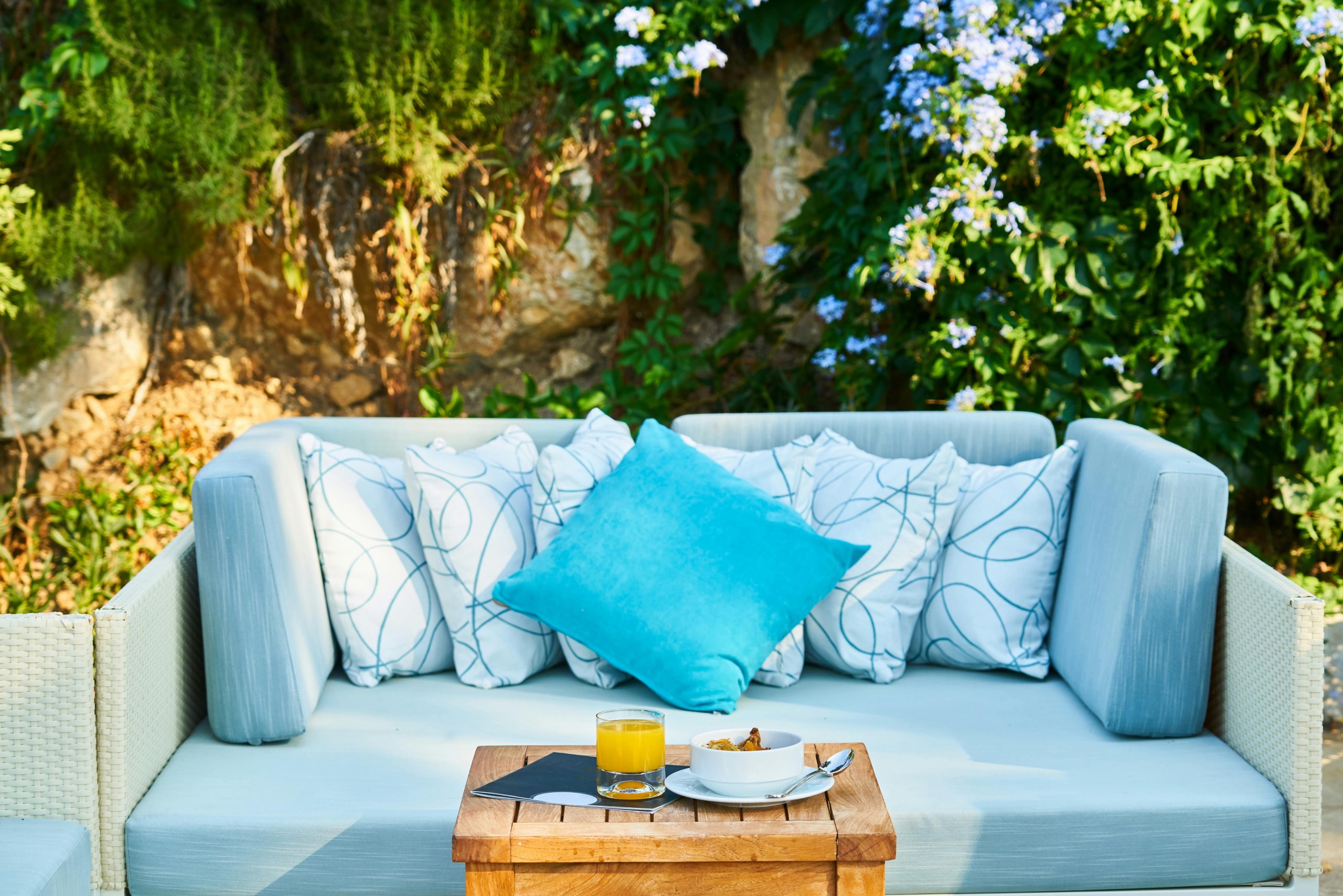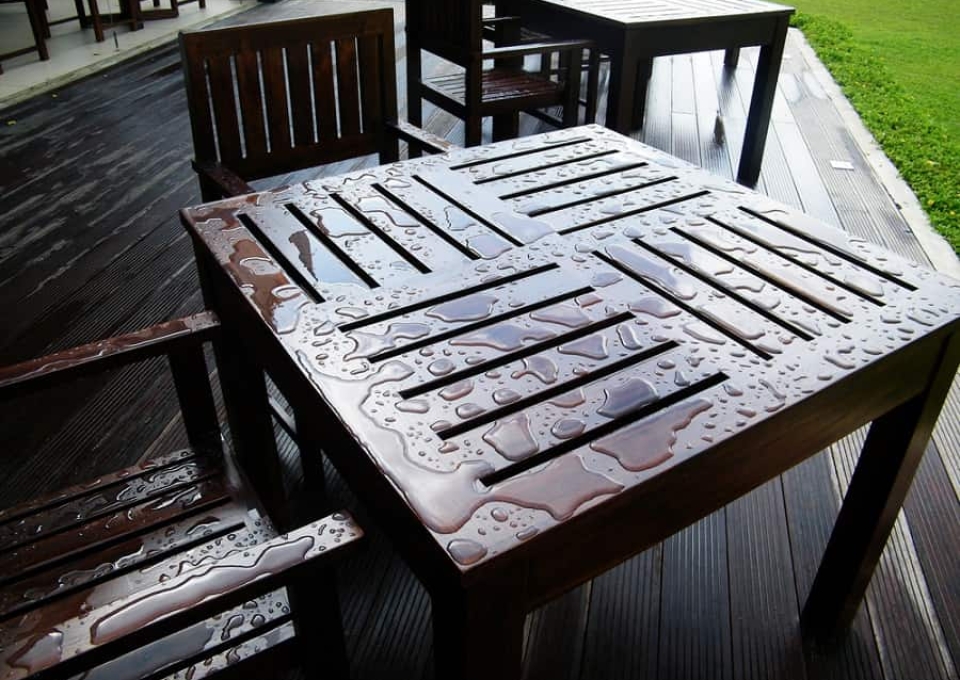Introduction to Waterproofing Outdoor Wood Furniture
Contents

Importance of Waterproofing
Protecting your outdoor wood furniture from the elements is essential. Waterproofing safeguards it from rain, humidity, and dew, which can cause wood rot and warping. This preventive step maintains your furniture’s appearance and prolongs its lifespan, ensuring it remains a key feature in your outdoor space for years.
Benefits of Waterproofing
Waterproofing your outdoor wood furniture increases its lifespan and keeps it looking good. It prevents stains and stops mold and mildew from forming, which are common in damp conditions. Additionally, treated furniture needs less maintenance, saving you time and effort. Waterproofing is a practical investment for any homeowner.
Types of Outdoor Wood Furniture That Benefit Most from Waterproofing

Hardwoods vs. Softwoods
When choosing outdoor wood furniture, it’s crucial to know the difference between hardwoods and softwoods. Hardwoods come from deciduous trees and have a dense grain that resists wear. Examples include teak, eucalyptus, and mahogany, which are known for their durability and natural oil content that offers some moisture resistance. Softwoods like pine and cedar are lighter and more vulnerable to weather but can last longer with waterproofing treatments. These treatments are vital to improve their durability and protect them from moisture.
- Teak: Extremely durable and weathers well, but benefits from waterproofing.
- Eucalyptus: Cost-effective and sustainable, with a tight grain that resists moisture.
- Mahogany: Strong and aesthetically pleasing, performs best when sealed.
- Pine: Needs regular waterproofing to prevent moisture absorption.
- Cedar: Naturally aromatic and decay-resistant, but waterproofing extends its outdoor lifespan.
Factors to Consider Before Waterproofing

Climate and Weather Conditions
Knowing your local climate is crucial. High humidity or frequent rainfall areas require strong waterproofing to prevent moisture from damaging wood fibers.
Wood Type and Condition
- Hardwoods: Naturally more durable, but still require regular treatments to maintain their strength.
- Softwoods: More absorbent, needing frequent and thorough waterproofing to prevent environmental damage.
Usage and Location of Furniture
Evaluate the furniture’s exposure. Items placed directly on soil or grass are more susceptible to damage and require additional protection compared to those on a covered patio. Regular upkeep is essential for durability, especially in extreme weather conditions.
Preparing Your Outdoor Wood Furniture for Waterproofing

Cleaning and Sanding
Start by cleaning your furniture thoroughly to eliminate dirt and grime. Use a soft brush and mild soapy water. Once dry, sanding is essential. It smooths the surface and improves the wood’s ability to absorb the waterproofing sealant. For best results, use fine-grit sandpaper.
Repairing Damages
Check each piece for damage. Use wood filler for small cracks or splits. Larger issues may need more extensive repairs. Fixing these problems before waterproofing ensures a smooth, uniform finish that looks good and provides better protection.
Essential Tools and Materials for Preparation
- Soft brush: For initial cleaning.
- Mild soapy water: To remove surface dirt without harming the wood.
- Fine-grit sandpaper: Necessary for smoothing the surface.
- Wood filler: To fix any cracks or damages.
- Protective gloves and goggles: Prioritize safety during the preparation process.
Selecting the Best Waterproofing Products

Comparison of Different Types of Sealants
Sealants come in various types, each designed for specific applications. Silicone-based sealants are highly flexible and offer robust protection against water and UV rays, making them perfect for areas exposed to sunlight and temperature changes. Acrylic sealants are less flexible but provide a clear finish that highlights the natural beauty of wood. Polyurethane sealants are renowned for their durability and excellent resistance to abrasion, which is essential for high-traffic areas.
Pros and Cons of Each Type
- Silicone: Very flexible, handles temperature changes well, cannot be painted.
- Acrylic: Resistant to UV rays, easy to apply, less durable than other options.
- Polyurethane: Highly durable, ideal for high-traffic areas, needs careful application.
Tips for Selecting the Best Product for Your Needs
Identify the specific challenges your outdoor furniture faces. Use silicone-based sealants in high moisture areas. Choose acrylics for applications where appearance is a priority. For furniture that experiences frequent use or heavy wear, opt for polyurethane. Ensure compatibility with your wood type and follow the manufacturer’s application guidelines for the best results.
Outdoor Wood Furniture Waterproofing Tips
Mastering Waterproofing Techniques for Outdoor Wood Furniture
Protect your outdoor wood furniture from the elements with effective waterproofing. Here’s how to enhance their durability:
- Brushing: Begin with a clean wood surface. Use a natural bristle brush to apply sealant evenly along the grain. This method ensures deep penetration and a strong barrier, though it may be time-consuming for intricate designs.
- Spraying: Prepare your furniture and use a sprayer to apply a uniform layer of sealant. Spraying is quick and ideal for complex shapes, but remember to wear safety gear to protect against fumes.
- Dipping: Submerge small items in a waterproofing solution. This technique is fast and thorough, but it’s not suitable for larger pieces and can result in sealant waste.
Allow the sealant to dry completely according to the manufacturer’s instructions before exposing your furniture to the outdoors. Choose the method that best fits your project’s size and your personal preference for lasting protection.
Maintaining Waterproofed Wood Furniture
Think of your outdoor wood furniture as a key part of your backyard. To keep it in good condition, handle it with care. Regular cleaning with a soft cloth and mild soap will remove dirt and protect the sealant that keeps your furniture safe from the weather.
As the seasons change, remember to reapply waterproofing treatments. Once a year, give your furniture a new coat. This isn’t just maintenance—it’s essential for protecting your pieces from moisture and sun damage.
When bad weather is on the way, shield your furniture. Use a secure storage space or a strong cover to protect it from rain, snow, and wind. This will extend its lifespan and keep it looking good.
By following these steps, your outdoor furniture will stay durable and attractive.
Shielding Wood Furniture from the Elements
Think of your outdoor wood furniture as a valuable investment that needs protection from the weather. High-quality furniture covers are essential, protecting against rain, sun, and wind. Look for covers that are waterproof and UV-resistant to ensure your furniture lasts longer.
Placement is crucial for preservation, not just aesthetics. Strategic placement under shade helps protect the wood’s color and finish from the sun. A canopy or pergola can provide both elegance and protection from harsh sunlight.
Moisture is harmful to wood, and elevation can help. Elevating wood furniture off the ground allows air to circulate, preventing moisture from causing rot. Use sturdy stands or concrete blocks to keep your furniture elevated and safe from moisture and pests.
By using covers, providing shade, and elevating your furniture, you can ensure your outdoor wood pieces remain in good condition throughout the seasons.
Comparing Waterproofing Products for Wood Furniture
Choosing the right waterproofing solution for your outdoor wood furniture is crucial for long-lasting protection. The durability of the product is key, as it must defend against moisture and UV rays over time.
Ease of application is also important. A sealant that is easy to apply and dries quickly saves time and effort. While cost-effective options are appealing, they must still provide reliable protection.
Let’s examine the options:
- Polyurethane Sealant—This sealant offers strong water resistance and durability. However, it requires careful application.
- Tung Oil—This natural option enhances the wood’s appearance and is easy to apply, but needs more frequent reapplication.
- Epoxy Resin—Provides excellent protection and is highly durable, but is more expensive and requires precise application.
Consider the specific needs of your furniture when choosing a product to ensure lasting protection.
DIY vs Professional Waterproofing Services
Considering a DIY waterproofing project? It’s a hands-on task where you apply sealants to protect your outdoor wood furniture. Dedicate a weekend to this task, ensuring precision to avoid any mistakes that could let water damage your work.
On the other hand, professional waterproofing services offer expertise and advanced tools. Professionals ensure thorough coverage, protecting every part of your furniture. While the initial cost is higher than DIY, the result is a durable, long-lasting finish.
Are you detail-oriented and enjoy hands-on projects? DIY waterproofing can be rewarding. However, for reliable and enduring protection, professional services are the best choice.
- DIY Waterproofing – Take on the challenge and enjoy the satisfaction of doing it yourself.
- Professional Expertise – Rely on the meticulous care and advanced techniques of professionals.
- Enduring Quality – Ensure long-lasting protection through professional services.
Selecting the Ideal Waterproofing Solution for Wood Furniture
Looking to protect your outdoor wood furniture from the elements? Start by considering the wood species. The dense fibers of teak and mahogany require a different treatment than the softer grains of pine or cedar. And the finish? Decide whether you prefer a natural matte or a glossy look.
For hardwoods, choose oil-based sealants. They penetrate deeply, enhancing durability while preserving the wood’s natural appearance. Softwoods, with their delicate grains, are best protected with water-based polyurethane, which offers a strong yet subtle shield.
If your furniture will be exposed to harsh weather, marine-grade varnishes provide the highest level of protection. For pieces that stay under a patio, a simple spray-on sealant is convenient and effective.
Before finalizing your choice, test the product on a hidden area to ensure compatibility. The right waterproofing not only protects but also revitalizes your outdoor furniture.
Avoiding Common Mistakes in Waterproofing Wood Furniture
Planning to waterproof your outdoor wood furniture? Pay attention to the details. Start with thorough surface preparation. Clean the surface well, let it dry completely, and sand it smooth. This ensures the sealant adheres properly.
Next, focus on your application technique. Apply the sealant evenly and allow it to dry as recommended. Rushing this step can lead to poor results.
Choose the right sealant for your wood type and outdoor conditions. Using the wrong sealant can compromise your project.
In summary, prepare carefully, apply the sealant correctly, and select the appropriate product. This will help protect your outdoor wood furniture effectively.
Understanding the Environmental Impact of Waterproofing Methods
When we protect our outdoor wood furniture from the elements, the environmental consequences are significant. Traditional waterproofing methods are effective but often contain chemicals like volatile organic compounds (VOCs). These substances are harmful to both moisture and the environment.
Eco-friendly waterproofing is a better alternative. Water-based sealers and natural oil finishes provide protection without harming the environment. These options allow us to maintain our furniture while being environmentally responsible.
Choosing green solutions is an important step in environmental stewardship. It shows our commitment to the planet while caring for our outdoor spaces. Let’s make a conscious effort to choose eco-friendly waterproofing methods.
Our choices have an impact. By opting for eco-conscious waterproofing, we not only preserve our furniture but also protect the future.
The Enduring Charm of Waterproofed Wood Furniture
Imagine your backyard adorned with the rustic appeal of wooden furniture, now protected from weather damage through waterproofing. Applying a sealant not only guards your furniture against moisture and decay but also extends its lifespan. This results in a pristine look that withstands the elements.
Waterproofing is a wise investment, preserving the wood’s quality. It ensures your outdoor space remains attractive throughout the year. Regardless of the weather, waterproofed furniture maintains its charm, preventing costly repairs.
Additionally, waterproofing enhances the wood’s natural beauty. A clear sealer can highlight the wood’s depth and character, combining practicality with aesthetic appeal.
.
In Closing
In conclusion, waterproofing your outdoor wood furniture is crucial for extending its lifespan and maintaining its appearance. By choosing the right waterproofing treatments and applying them properly, you can protect your furniture from moisture, UV damage, and wear. This ensures it remains a functional and attractive part of your outdoor space for years. Use effective waterproofing solutions and techniques to safeguard your investment, allowing you to enjoy a well-maintained outdoor environment regardless of the weather.




